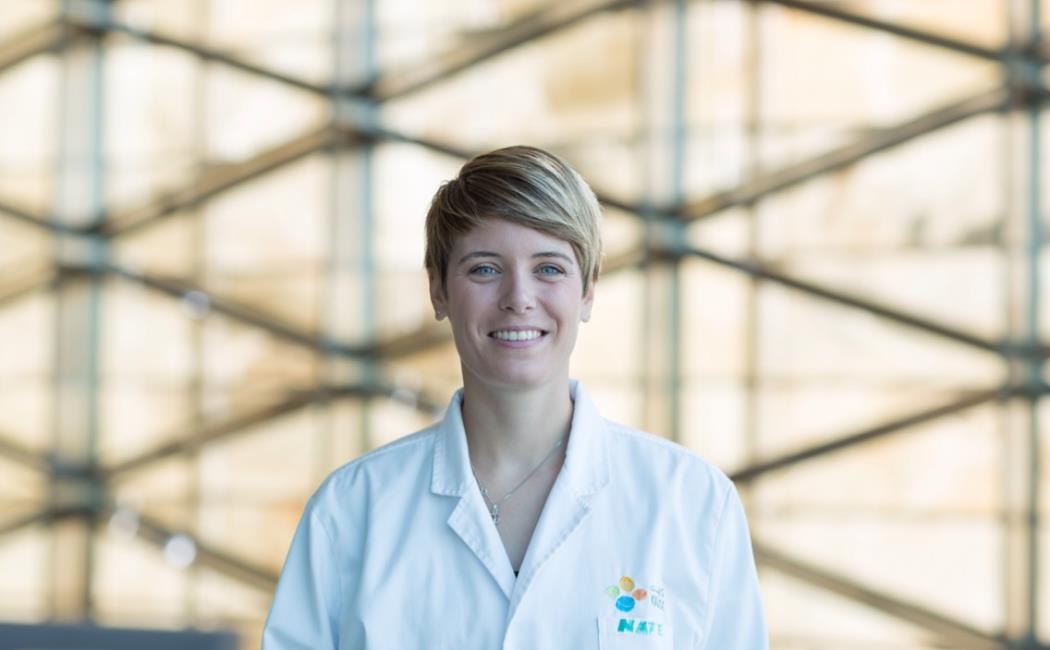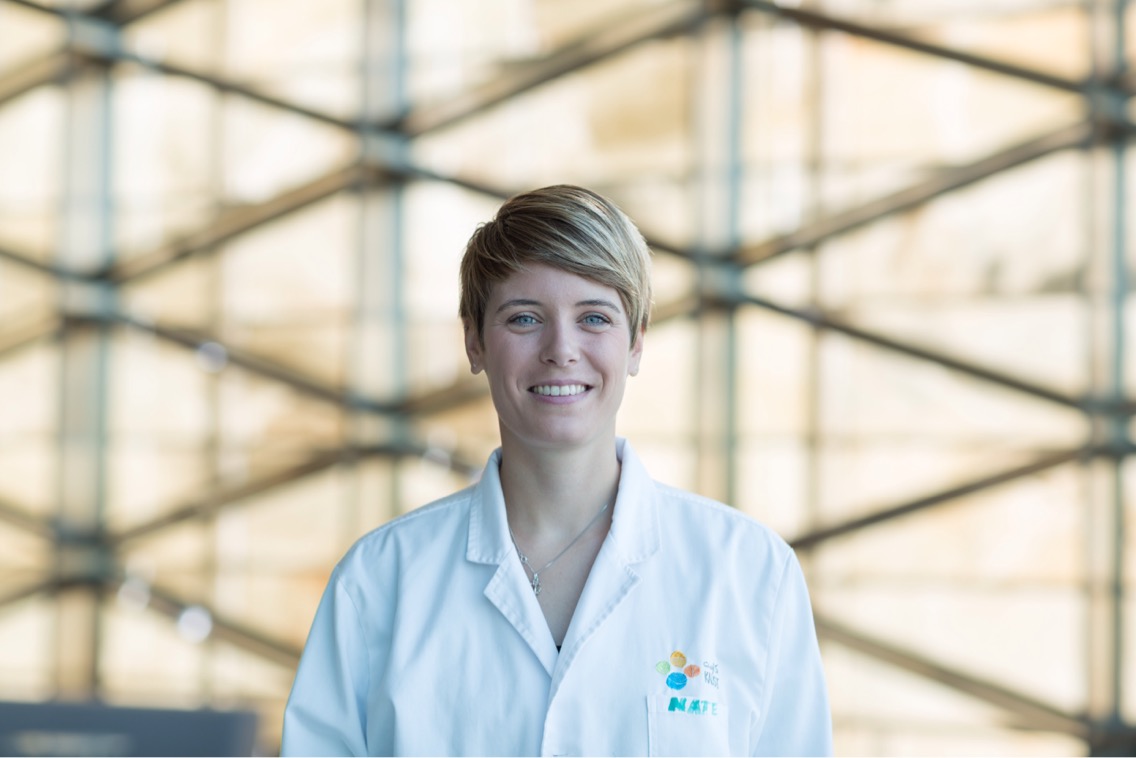


 TITLE: Implications of irradiance for the Red Sea Tridacna giant clam holobiont
TITLE: Implications of irradiance for the Red Sea Tridacna giant clam holobiont
PRESENTER: Susann Rossbach
ADVISOR: Professor Carlos M. Duarte
DATE: Monday, November 9, 2020
TIME: 10 am - 11 am
LOCATION: Zoom
Abstract: Giant clams (Tridacninae subfamily) are prominent members of Indo-Pacific corals reefs, including the Red Sea, where they play multiple roles and are of distinct ecological significance for these communities. Tridacninae stand out among other bivalves as one of the few molluscan groups that live in a symbiosis with dinoflagellate Symbiodiniaceae. This relationship is comparable to the symbiosis of corals and their associated algae, where the symbionts provide a substantial amount of the respiratory carbon demand of the host through their photosynthetic activity. Their photosymbiosis restricts the distribution of the Tridacninae holobiont (i.e. giant clam host, symbiotic algae and associated bacteria) to the sunlit, shallow waters of the euphotic zone, where organisms receive sufficient incident light to maintain their high rates of primary production and calcification. However, giant clams in these shallow reefs are simultaneously exposed to potentially high and damaging levels of solar (UV) radiation.
This thesis includes research on the Red Sea Tridacna spp. holobiont from an ecosystem to microscale level. It assess the abundance and distribution of Red Sea giant clams, including their associated symbiotic microalgae and bacterial microbiome. Further, it describes the strong light-dependency of calcification and primary production of Red Sea Tridacna maxima clams and reports on the effective photo-protective mechanisms that have been evolved by these clams to thrive in shallow reefs, despite levels of high solar irradiance. Tridacninae developed effective behavioral mechanisms for photo-protection, by which the clam is able to flexibly adjust its shell gaping behavior to incident light levels within a narrow time frame. On a microscale, Tridacninae use advanced photonic structures (Iridocytes) within their tissues to mitigate the potential negative effects of high solar UV radiation, and to potentially promote the photosynthesis of their symbiotic algae.
Understanding the role of the Tridacna spp. holobiont for Red Sea coral reefs, its contributions to overall productivity, and its abundances in the region may therefore serve as a baseline for further studies on this charismatic invertebrate. It may also contribute to the conservation efforts from local to regional scales, and eventually aid the protection of Tridacninae in the Red Sea and elsewhere.
Bio: Susann graduated with a B.Sc. in ‘Biology’, as well as a M.Sc. in ‘Biological Oceanography’ from Christian Albrechts Universität zu Kiel (Germany). Previously, she investigated the autoecology of cold-water and deep-sea corals under future ocean scenarios, before joining the research group of Prof. Carlos M. Duarte as a Ph.D. student in August 2017. Within the framework of her Ph.D., Susann studies the ecology of the Tridacna giant clam holobiont in the Red Sea, with a special focus on the implications of solar irradiance for these impressive bivalves.